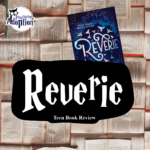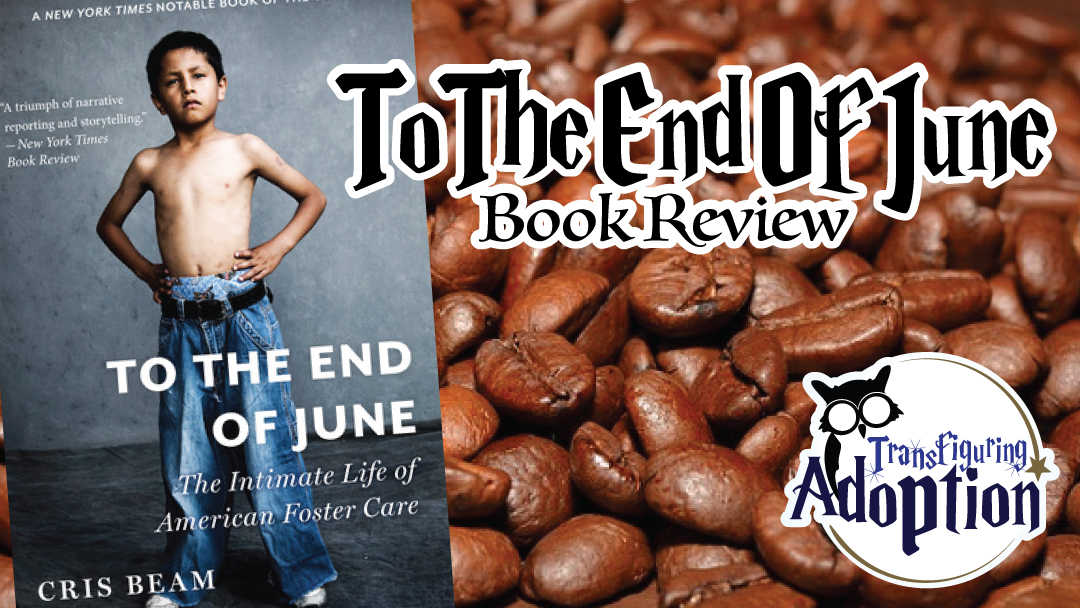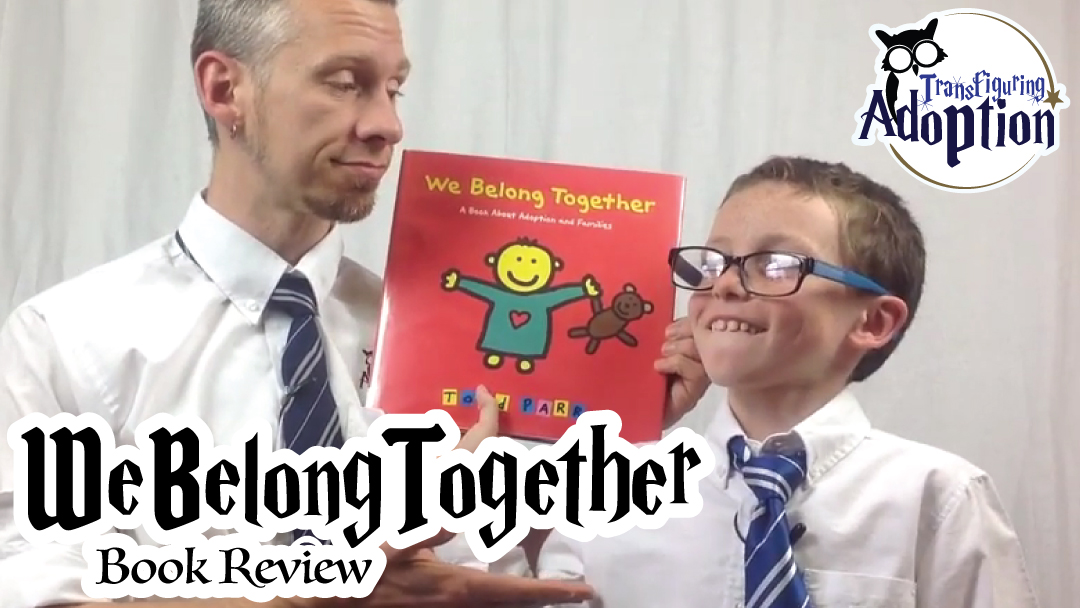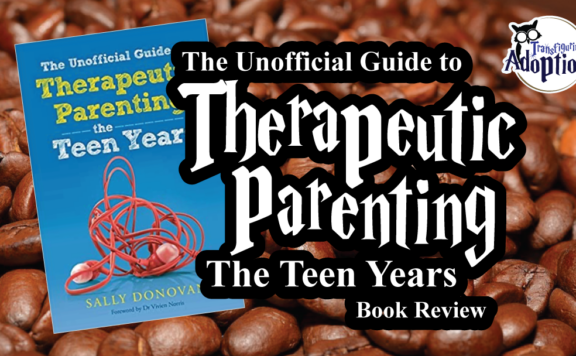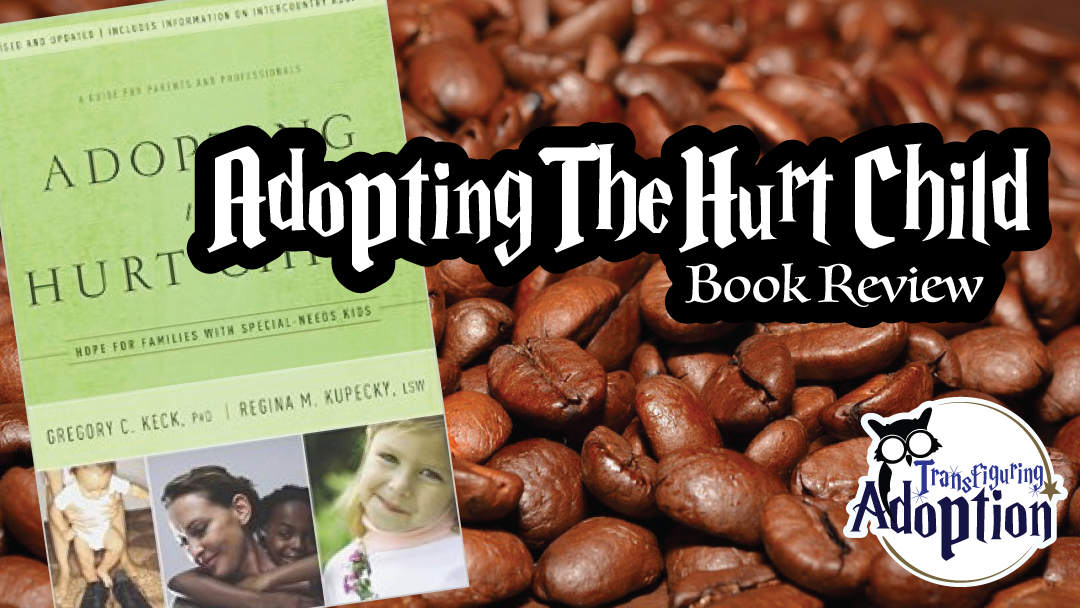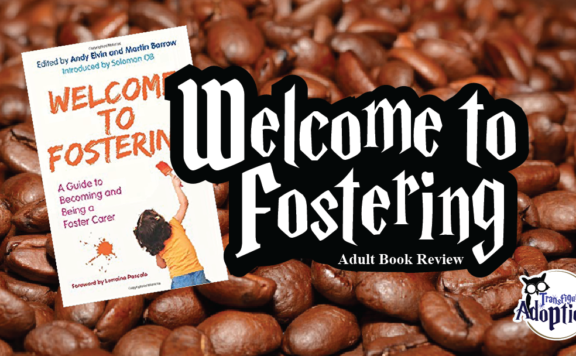Transfiguring Adoption’s Overview:
The target audience for this novel would be 15 years old and above and can be enjoyed by both male and female readers. Readers with a vast imagination would be captivated by the fast-paced, vivid writing of the author. This book would be enjoyed by all families. Foster and adopt readers may gravitate to the main character in the book. He is an outsider and an outcast in his high school. He is also different and proudly wears these differences on his sleeves.
I appreciate the dialogue in this book. The author captures how kids talk to each other and people of authority. La Sala doesn’t shy away from using colorful language to emphasize a point, but shows restraint to only use those words when they fit in the story. The writing also helps convey the characters emotions easily which is very helpful for readers affected by trauma. You do not have to read between the lines to know how each character feels during their conversations. Sexual preference is a major theme in this book and if you are not open to the choices of others you may want to leave this one alone. Multiple characters proudly claim to be LGBTQ+ or gender fluid and it is a topic that is joked about, but also taken very seriously throughout the novel.
** Spoilers Could Be Ahead **
How Is This Relevant To Adoption & Foster Care?
This book doesn’t tie as much into foster care and adoption as much as it is a good snapshot of current events and prevailing ideas in culture. The book doesn’t mix words when talking about LGBTQ+ relationships and other teenage romance and this is a good thing. Our culture is a mixing pot of beliefs and experiences that we all may not have. Books like this one can give us necessary insight into different ideas and help readers that don’t feel accepted know that they are ok being different. Families with LGBTQ+ readers can use this book to help create a dialogue about their thoughts and beliefs even though this is a fantasy novel. Looking past those themes this book leans heavily on relationships with family and friends as a way to cope with trials and tribulations the world can throw at you.
For families with readers who enjoy fantasy novels this book is one that will stoke their imaginations and hook them from the start. The author creates magic with his imagery and makes you feel like you are in a reverie alongside each character. Readers with strong imaginations will devour this story and look for more. I would caution families with less mature readers on this novel. Some of the language used is a little off putting and there are several points within the book that violent imagery is used to describe the scenes as they unfold.
Discussion Points:
- Friendship and companionship
This topic of comradery comes up frequently in this novel. The characters don’t look like they belong together, but they must work together to achieve their goals. The bonds of friendship are stronger than family bonds at times and our readers need to know that their friendships are strong enough to endure through whatever life has to throw at them. Our main character goes from a loner with no one to a leader with four essential relationships by the end of the novel. - Living with “child-like” wonder
Reveries are scenes made up from the imagination of their hosts. Some can be dark and foreboding, while others are serene and whimsical. If your reader is a big fan of fantasy books then they must have a great imagination. These types of readers sometimes already live in a world of their own and we must coax them out for food every so often. Be sure to ask as many follow-up questions as your reader will allow. The imagination is something that we want to nurture and develop. If we, as caregivers, don’t help that process with activities, books, or other media and conversation our reader will suffer. - Being different is OK
The LGBTQ+ themes in this book are prevalent, but not overbearing. The wider theme is that being different is not bad. Our readers already feel different by being foster/adopted kids. Add in feeling “different” about who you like, or going against any other society norm and you have a perfect storm of emotion coming your way. No matter your personal feelings on any of the “different” choices your readers make you must do your best to be supportive as long as they aren’t hurting themselves. You may not agree with life choices and that is ok, but is it a deal-breaker for your relationship? That is a deeper question that you, as the caregiver must come to terms with and learn to accept or hold to your morals.
Cautionary Points:
- Young Adult Themes
We have covered quite frequently that this book is unabashedly queer and doesn’t hide this fact. There are a few instances where the characters talk about sex or allude to sex in some way that may cause some questions with some readers that are not as mature. The scenes do not advance the plot of the story and are there to add some depth to the developing relationships, but could ruffle some feathers. - Character is identified as LGBTQ+ by other characters.
In this book our main character is a gay male, but while learning a bit more about him it is revealed that others may have made this choice for him based on his actions and behaviors, before he came out. Characters use stereotypes and cultural norms to identify this character while not acknowledging that straight male characters can share these traits. This can be a rough concept for some readers who are battling with these thoughts because they may not know how they identify and should have the chance to make these decisions for themselves instead of relying on others to make them for them. - Sexuality is treated as comic relief
Kane is not the only character in this book that identifies as LGBTQ+ and at many times this is used as humor among the group of friends. People do sometimes joke around with friends about sexuality, but while trying to create a more inclusive culture these society norms must be put to rest. Readers who are newly out or still making this choice may not appreciate the humor that is used at their expense and we must be cautious of that.
About the Author: Steve Madole
I am an adoptive dad of three boys living near Grand Rapids, MI with my wife, our cats and dog. We also fostered many other children in the last 7 years! I have done many training sessions with the Dr. Karen Purvis Institute and try to keep up on different trauma training’s monthly. My whole family nerds out on comic books, video games, movies and regular books! We often read a lot of the same comics and books which can lead to some awesome conversations!
**Transfiguring Adoption is a nonprofit organization seeking to nurture growth in foster and adoptive families by giving a HOOT about their families. Transfiguring Adoption does not intend for its reviewers nor its review to be professional, medical or legal advice. These reviews and discussion guides are intended to help parents to better be able to connect and understand their children who come from traumatic backgrounds.
